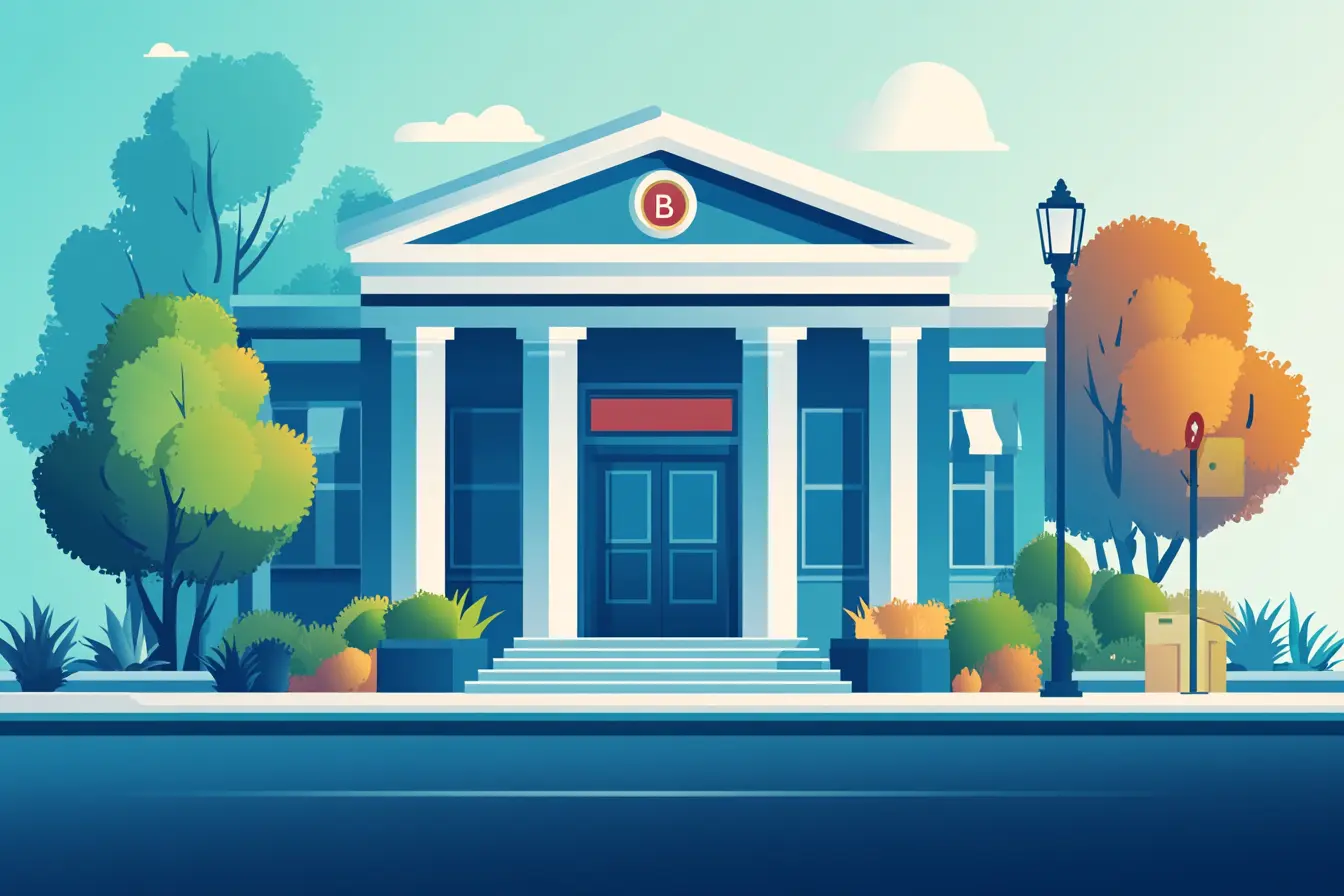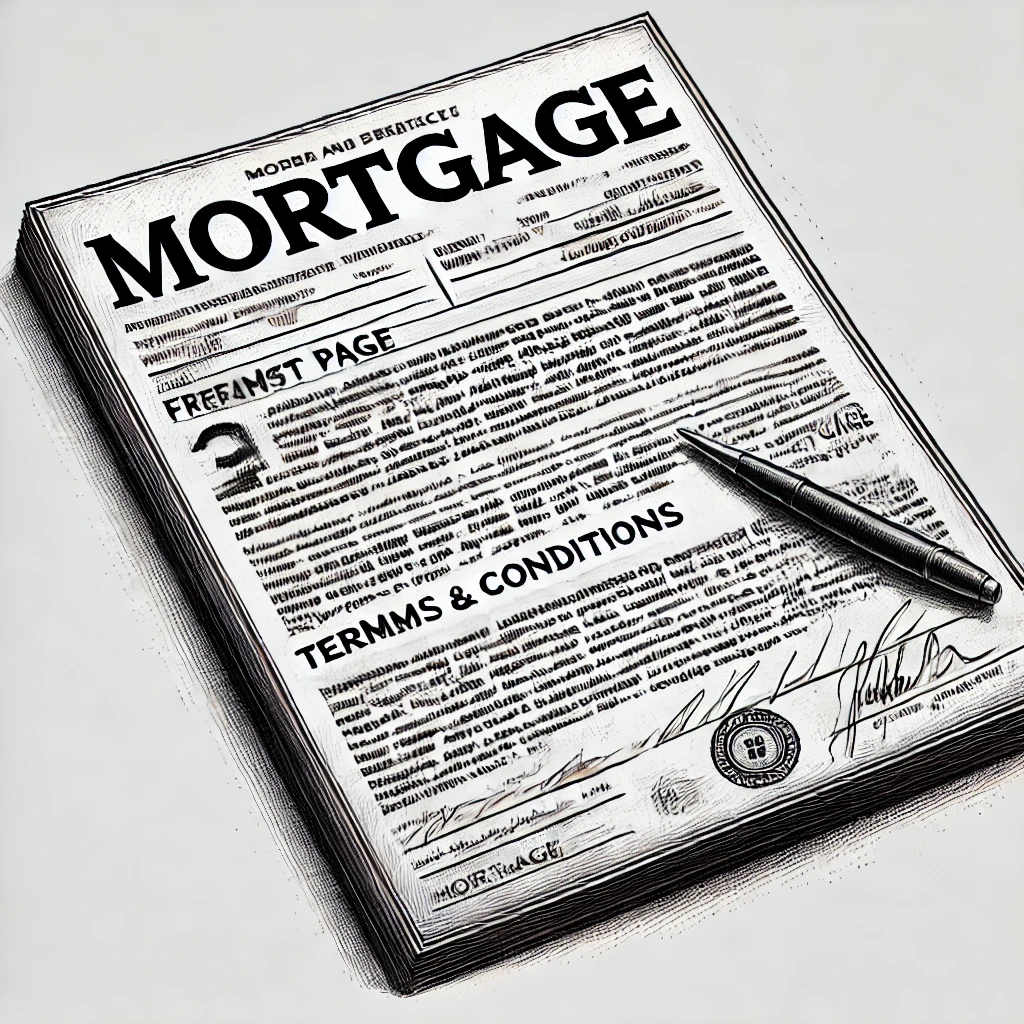Top 25 Banking Terms Homeowners Should Know During an Insurance Claims Process

Navigating an insurance Claim can be complex, especially when your home is mortgaged. In addition to understanding insurance-specific terms, it’s important for you to be familiar with various banking terms that might come into play during the claims process - especially if you have a Mortgage. Whether it’s dealing with your loan, handling payouts, or understanding the financial implications, knowing these terms can make the process smoother and more transparent.
This guide will walk you through the top 25 banking terms homeowners are likely to encounter during an insurance claims process and of course there are far more in the Glossary.

1. Mortgage
A Mortgage is a loan used to purchase a home, with the property itself serving as collateral for the loan. The lender (Mortgagee) has a legal right to the property until the loan is paid off in full. During an insurance claim, the mortgage lender may be involved in the disbursement of funds if the property is damaged.
2. Mortgagee
The Mortgagee is the lender or financial institution that provides the mortgage loan. In the context of an insurance claim, the mortgagee may be listed on the insurance Policy and has a right to be named on any insurance payout checks related to the property.
3. Mortgagor
The Mortgagor is the borrower who takes out the mortgage loan to purchase the property. As the homeowner, the mortgagor is responsible for making mortgage payments and ensuring the property is insured.
4. Escrow Account
An Escrow Account is an account managed by the mortgage lender that holds funds for property taxes and Homeowners Insurance premiums. Part of your monthly mortgage payment goes into this account, and the lender uses these funds to pay your taxes and insurance when they are due.
5. Lien
A Lien is a legal claim or right against a property, typically for the payment of a debt, such as a mortgage. During an insurance claim, the insurance company may need to ensure that any liens on the property are satisfied before funds are released.
6. Loss Payee
The Loss Payee is a party listed on an insurance policy who has a financial interest in the property, typically the mortgage lender. In the event of a claim, the loss payee is entitled to receive a portion of the insurance payout to protect their interest in the property.
7. Loan-to-Value (LTV) Ratio
The Loan-to-Value (LTV) Ratio is a financial term that compares the amount of your mortgage loan to the appraised value of your property. A higher LTV ratio indicates a higher risk for the lender. LTV can affect your ability to refinance your mortgage or obtain certain types of insurance coverage.
8. Amortization
Amortization refers to the process of gradually paying off a mortgage loan through regular payments over time. Each payment includes both Principal and interest. Understanding your amortization schedule can help you see how much of your mortgage balance remains, which can be relevant during a claims process if you’re considering Refinancing or adjusting your loan.
9. Principal
The Principal is the amount of money borrowed to purchase a home, excluding interest. During the mortgage term, your payments reduce the principal balance. The principal amount can influence the payout process during an insurance claim, especially if the property needs significant repairs.
10. Interest
Interest is the cost of borrowing money from a lender, expressed as a percentage of the principal. Over the life of a mortgage, you’ll pay interest in addition to repaying the principal. Interest rates can affect your monthly payments and overall cost of the mortgage.
11. Equity
Equity is the difference between the appraised value of your home and the outstanding mortgage balance. Equity increases as you pay down your mortgage and as the property value appreciates. In an insurance claim, equity can impact decisions about repairs, selling the property, or refinancing.
12. Deed of Trust
A Deed of Trust is a legal document that secures a mortgage loan by transferring the Title to a Trustee until the loan is paid off. It’s similar to a mortgage, but with a third-party trustee involved. Understanding this term is important in the claims process if there are legal complexities related to property ownership.
13. Foreclosure
Foreclosure is the legal process by which a lender takes possession of a property due to the borrower’s failure to make mortgage payments. During an insurance claim, if the homeowner is facing foreclosure, the lender may take control of the claim Settlement process to recover losses.
14. Refinancing
Refinancing involves replacing an existing mortgage with a new one, typically to take advantage of lower interest rates or to access equity. During an insurance claim, refinancing might be considered if significant repairs or rebuilding are required and additional funds are needed.
15. Home Equity Line of Credit (HELOC)
A Home Equity Line of Credit (HELOC) is a loan that allows homeowners to borrow against the equity in their home, usually in the form of a revolving line of credit. In the context of an insurance claim, a HELOC might be used to cover repair costs before the insurance payout is received.
16. Second Mortgage
A Second Mortgage is an additional loan taken out against the equity in your home, with the property serving as collateral. It’s subordinate to the primary mortgage. If the home is damaged, both the first and second mortgage lenders may have claims on the insurance payout.
17. Insurance Binder
An Insurance Binder is a temporary agreement that provides proof of insurance coverage until a formal policy is issued. This document can be important during a home purchase or refinancing, as it assures the lender that the property is insured.
18. Adjustable-Rate Mortgage (ARM)
An Adjustable-Rate Mortgage (ARM) is a type of mortgage where the interest rate can change periodically based on an index. Homeowners with ARMs need to be aware of how potential rate changes might impact their finances, particularly if a large insurance claim is in progress.
19. Fixed-rate Mortgage
A Fixed-Rate Mortgage is a mortgage with an interest rate that remains the same for the entire term of the loan. This stability can be advantageous during an insurance claim, as it allows homeowners to predict their mortgage payments even while dealing with repair costs.
20. Balloon Mortgage
A Balloon Mortgage is a mortgage that requires a large payment at the end of the loan term after smaller, regular payments have been made. If an insurance claim occurs near the end of a balloon mortgage term, the homeowner may need to plan for the balloon payment in addition to repair costs.
21. Short Sale
A Short Sale occurs when a homeowner sells their property for less than the amount owed on the mortgage, with the lender’s approval. If a home is damaged and the value decreases, a short sale might be considered, especially if the insurance payout is insufficient to cover the mortgage balance.
22. Private Mortgage Insurance (PMI)
Private Mortgage Insurance (PMI) is insurance that protects the lender in case the borrower defaults on the loan. It’s typically required when the Down Payment is less than 20% of the home’s purchase price. PMI may affect the payout process during an insurance claim, as the lender’s interest is protected.
23. Mortgage Insurance Premium (MIP)
Mortgage Insurance Premium (MIP) is similar to PMI but is required for FHA loans. MIP protects the lender in case of default. Understanding MIP is important during the claims process, as it impacts the overall cost of your mortgage and may influence decisions about refinancing or payouts.
24. Escrow Disbursement
Escrow Disbursement refers to the process by which funds held in an escrow account are released to pay for property taxes, insurance premiums, or other obligations. During an insurance claim, escrow funds might be disbursed to pay for repairs, with the lender overseeing the process to ensure the property is restored.
25. Payoff Amount
The Payoff Amount is the total amount required to pay off your mortgage in full, including the principal, interest, and any applicable fees. In the event of a total loss claim where the property is destroyed, the insurance payout may need to cover the payoff amount before any remaining funds are disbursed to the homeowner.
Wrap-Up
Understanding these 25 banking terms can help you navigate the complexities of the insurance claims process, especially when a mortgage is involved. Familiarity with these terms ensures that homeowners can effectively communicate with lenders, insurers, and other financial professionals, helping to secure the best possible outcome after a loss.
If you have any questions about how these terms apply to your situation or need assistance during the claims process, it’s a good idea to consult with your mortgage lender, financial advisor, or frankly, us.